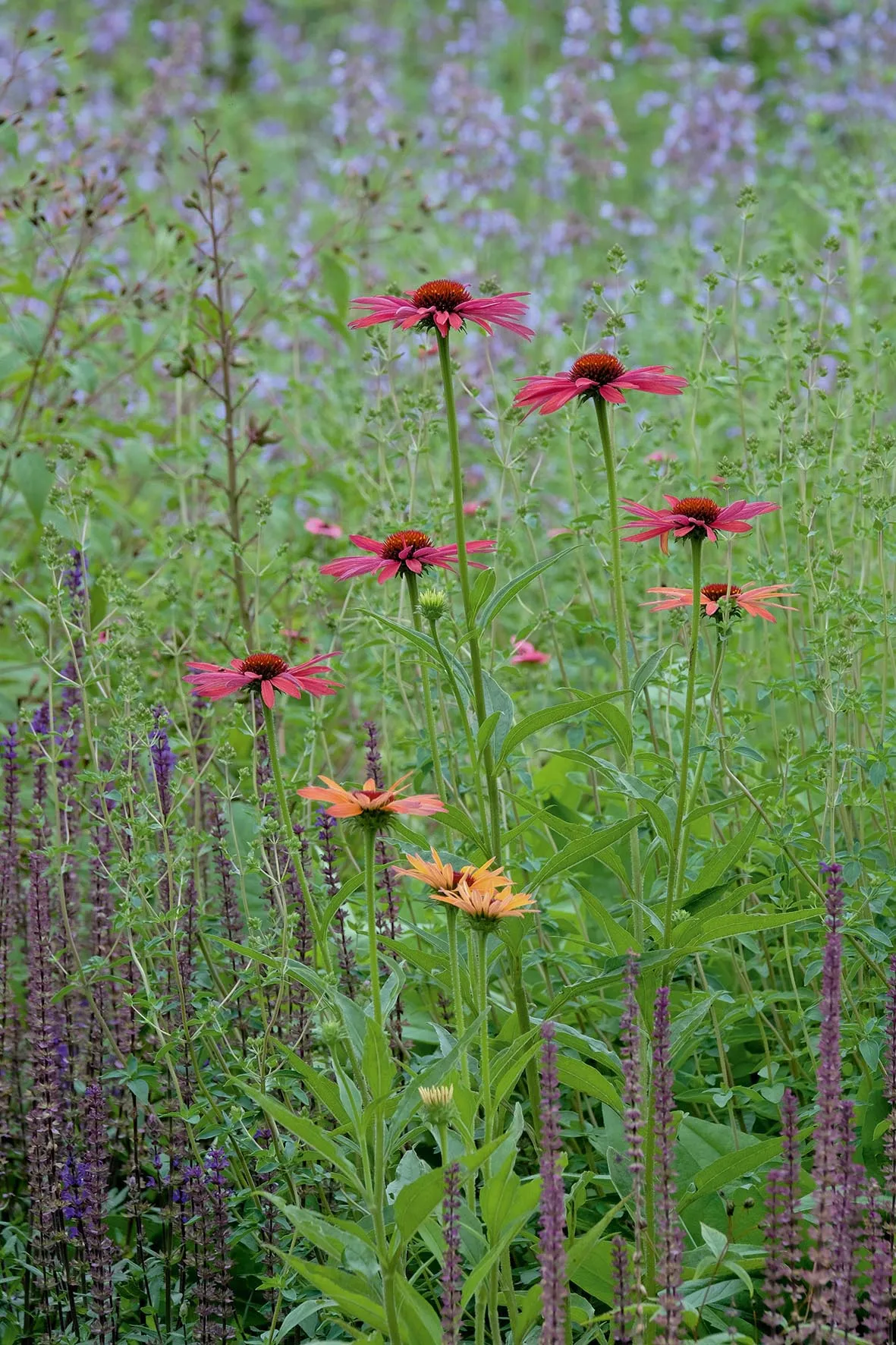While I draw upon the existing environment as inspiration and the essence of a place drives my decision-making in the design process, understanding how plants coexist in their setting is key. Making a naturalistic garden means not only looking at the individuals but at the communities of plants and how they perform as one.
- Receive a free copy of the book as part of our Christmas Gardens Illustrated subscription offer
The planting in the Meadow Garden [at the Tokachi Millennium Forest] is designed to work as one entity so that it evolves in much the same way as that of a real meadow. To emulate the complexity of the meadow and its natural order, I developed a series of plant mixes as the first step in the process. The combinations within the mixes would echo the rhythms of a meadow as it rises from dormancy in the spring and then changes as one species supersedes the next throughout the season. The mixes allow us to choose groups of plants that are happy in each other’s company and are complementary in terms of providing contrast and seasonal interest. Though the zoning is not obvious when looking at the garden initially, the mixes allow for changes across the site that can adapt to differing conditions, be it the shady woodland edge or the high open ground in full light. They also provide shifts in mood, with some being more complex and engaging close to the main boardwalk and others allowing for an easy flow so that the eye can travel.
The garden was planted, as planned, in the spring of 2008, so one of my key tasks when I first met [head gardener] Midori Shintani was to explain that the garden was intended to be an echo of a natural environment.
The combinations within the mixes would echo the rhythms of the meadow as it rises from dormancy in the spring and changes as one species supersedes the next
We touched on the realities of maintaining something that was designed to evolve and would not, by definition, be something we could entirely plan for. Our yearly meetings and email communications help in steering the direction and we have responded to the planting as gardeners, since we are not ecologists, but always with an eye to letting the planting lead the way. Of course, there have been challenges, because in truth the complexity of a real meadow is far more dynamic. Just one square metre might contain 20 to 30 species and the competitive nature of the ecosystem is consequently self-monitoring.
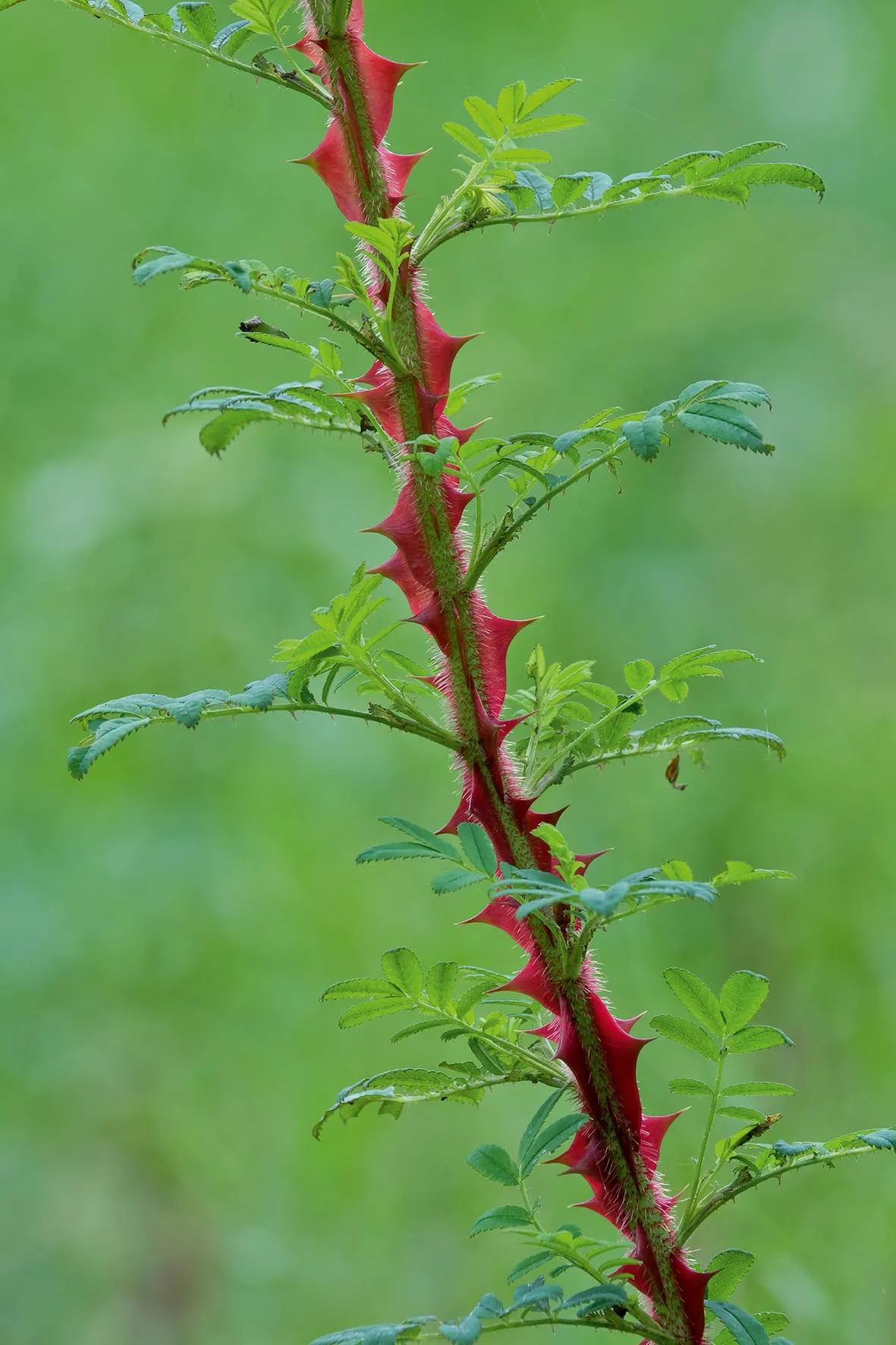
As the garden has evolved in its first ten years, we have been able to see what is working and what is struggling. Having reached a point where the original mixes had generally achieved an equilibrium, we have since been adjusting and augmenting the plantings to make them work harder. The initial principles have remained in place, but the matrix has required manipulation. Sometimes a mix has needed a percentage reduction of a plant that has become too dominant, such as the Filipendula camtschatica, but there have also been unexpected failures. With the exception of the thermopsis [which immediately proved itself to be a problematic runner], we have given all plants a minimum of three, usually five, years to confirm that they are not suited to the climate and explore potential replacements. Levisticum officinale and Ligularia ‘The Rocket’, for instance, have simply not thrived. We also thought that Asclepias incarnata from the American prairies would have found a parallel climate, but it too has merely limped on.
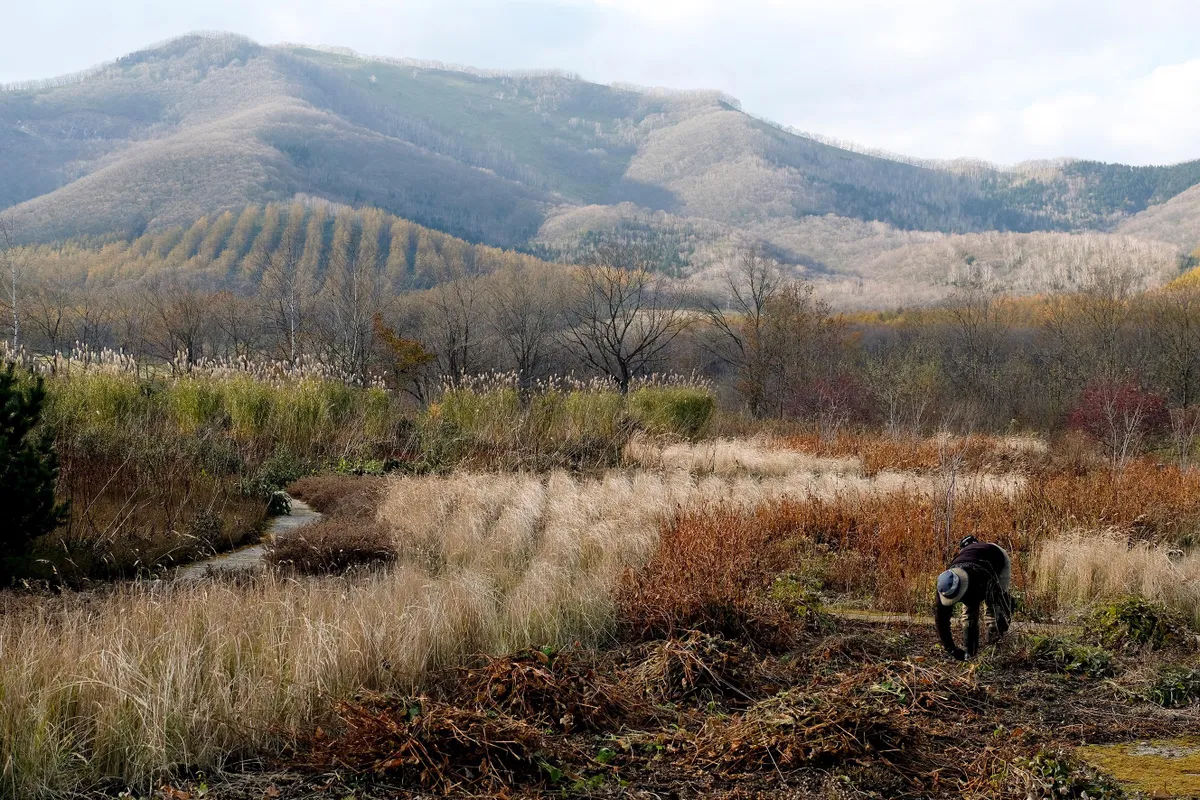
The mixes respond differently from year to year, to climatic changes that favour or discourage a particular species. Natural life cycles also assert their peaks and troughs and our annual walks in the garden help us to decide how to steer the garden in the coming year. The climate also encourages a fast turnaround. Plants such as Salvia nemorosa ‘Caradonna’, though perfectly hardy, need adding to every year since their natural life cycle on [the island of] Hokkaido is around three years rather than the five we can expect in the UK before they need replacement or division. The short-lived plants such as Knautia macedonica are treated like biennials and allowed to seed into gaps, with the oldest plants removed as they start to splay. They are worth this effort for their summer-long display of flower. A small number of Echinacea ‘Hot Summer’ have also been added to add drama as you enter the garden. Though the red echinaceas tend not to be reliable perennials, they prove their worth with ornamental impact, and so are replaced year on year. Such additions to the mixes and responsiveness to the ebb and flow keep the mixes feeling vital and yearly change prevents the garden from ever feeling static. In maintaining a garden of this size with a limited workforce we have to measure the energies that are available and our yearly plans forecast tasks that need to be carried out the following year.
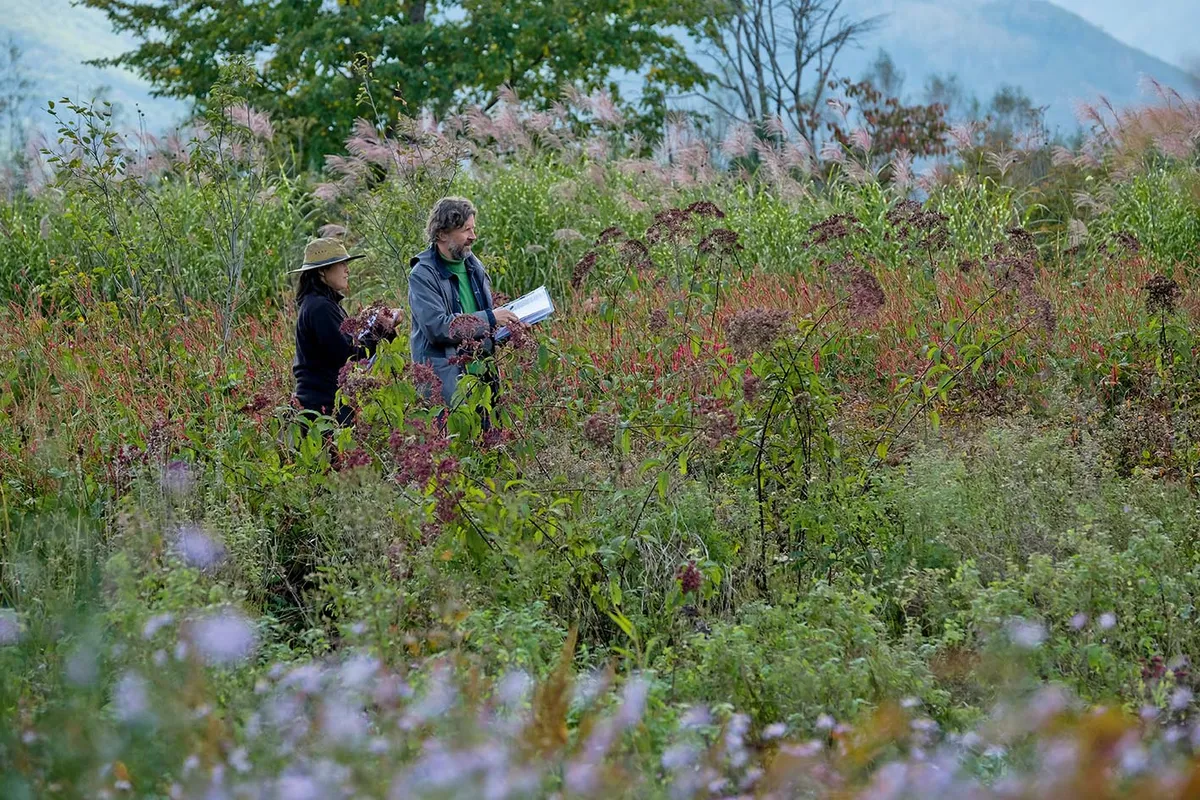
It has been a process of observation and acting fast where imbalance was evident, but trying not to tamper where we saw the potential of a mix reaching equilibrium.
Each plant has its own life span in the mixes and the long-lived plants, such as the baptisia, are proving their worth for being steadfast. We aspire to longevity, but even the plants that stay put and do well need adjusting as they shift the balance by becoming too dominant. The art is in knowing where to adjust and where not to and then responding in timely fashion to maintain the balance, both in the community of plants and in the aesthetic which, by definition, is subject to change as the garden matures.
Tokachi Millennium Forest: Pioneering a New Way of Gardening with Nature is by Dan Pearson with Midori Shintani, Filbert Press, £40.
Read our review of Tokachi Millennium Forest and receive a free copy of the book as part of our Christmas Gardens Illustrated subscription offer.
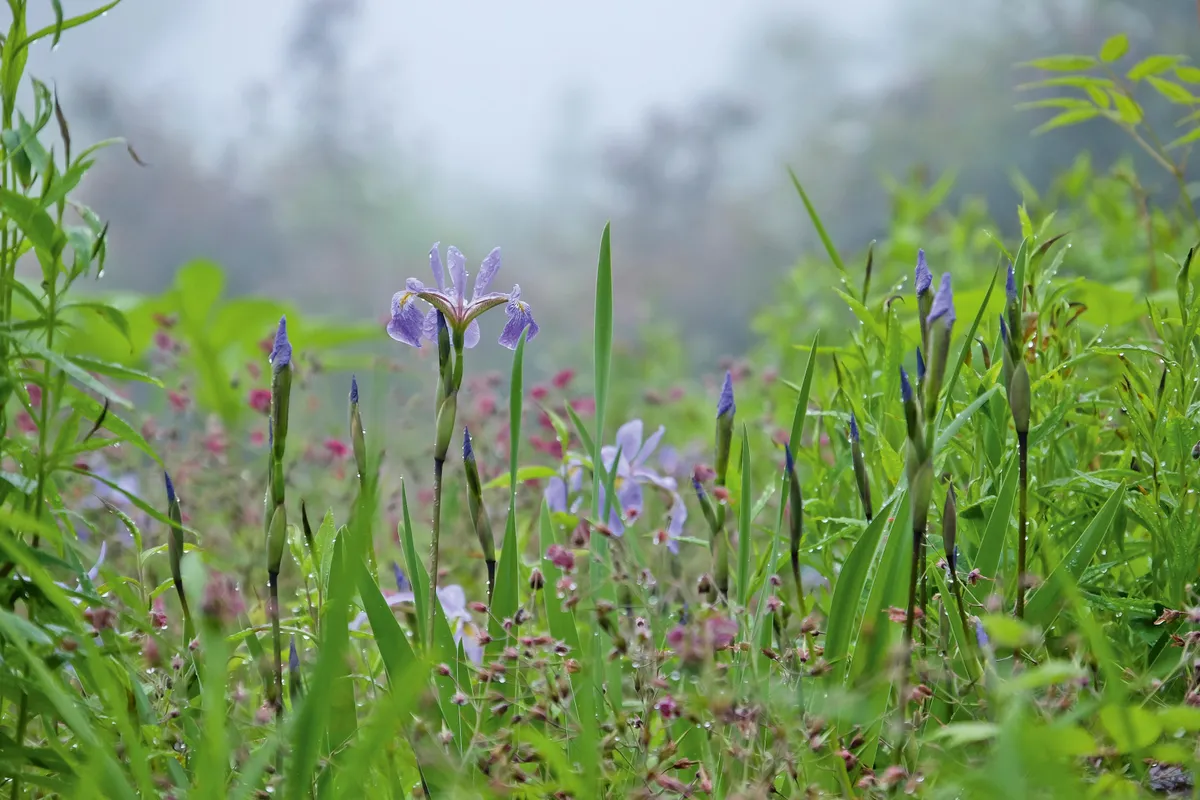
Midori Shintani – Finding your own wild
As can be seen in the expression ‘plants and trees all have something to say’, the ancient Japanese revered nature and had a deep affinity with plants. In the oldest Japanese poems composed in the eighth century, we can meet our ancestors and sense that in their appreciation of plants they found the beauty of evanescence. Finding a brilliance and grace to look on flowers in full bloom, at the same time embracing a sense of transience and mutability, we find a beauty in flowers destined to fall soon. Tiny, delicate changes in sky, wind, light and every element of nature occur around us through the year. Responding sensitively to such natural phenomena, the ancient Japanese calendar of 72 seasons developed. In literature, paintings, ikebana and gardens, all Japanese art culture springs from aesthetics based on the appreciation of plants and the view of nature.
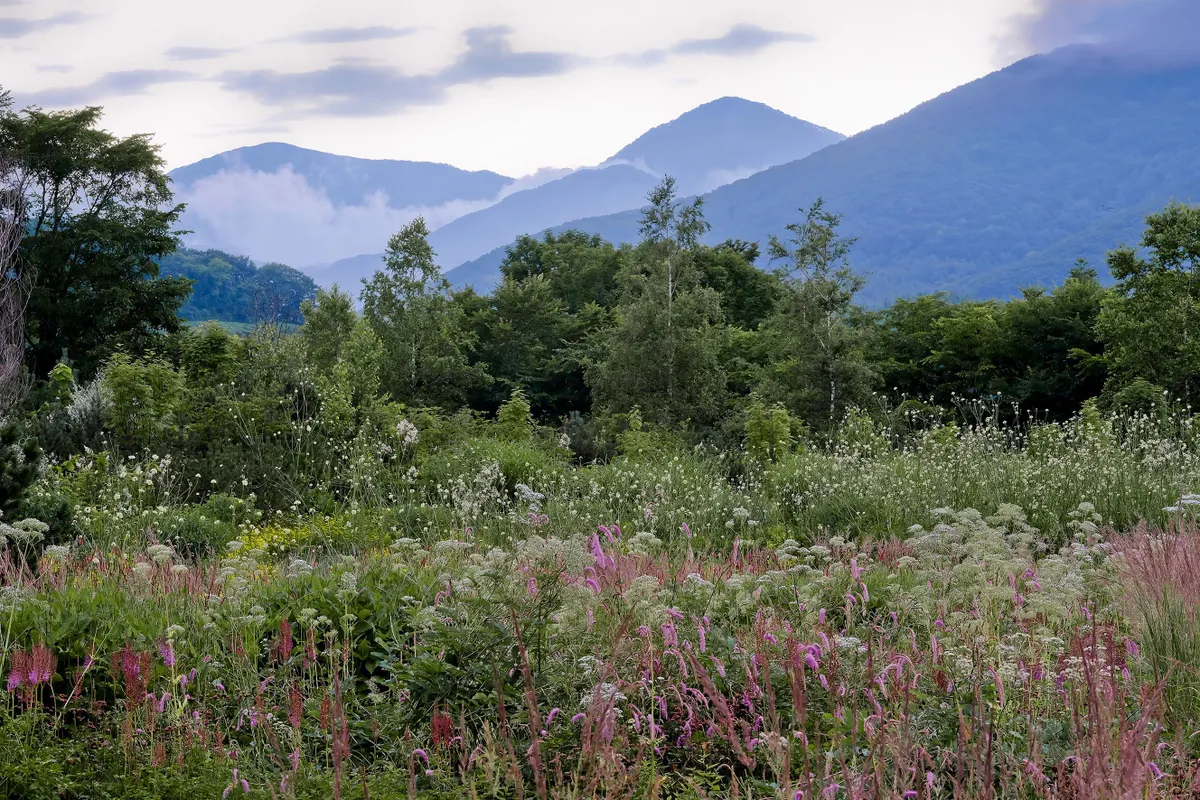
In the Millennium Forest, we cherish this traditional Japanese view of nature in nurturing our modern garden. We are trying to evoke people’s physical sensations and emotions experienced in nature by the naturalistic planting of the Meadow Garden. As we walk along the narrow path like an animal track, the red flowers of Sanguisorba officinalis will pop out and touch our shoulders and arms cheerfully. When we walk under the overwhelming height of Cephalaria gigantea, our hearts will pound with excitement. Every time we meet a plant, our minds keep moving with feelings of surprise, joy and sometimes fear. Eventually it delivers deep peace to the mind as a memory of ‘the nature of the garden’, and we realise that we are a part of nature.
Read our review of Tokachi Millennium Forest and receive a free copy of the book as part of our Christmas Gardens Illustrated subscription offer.
